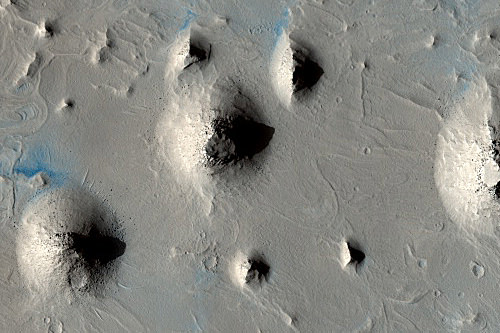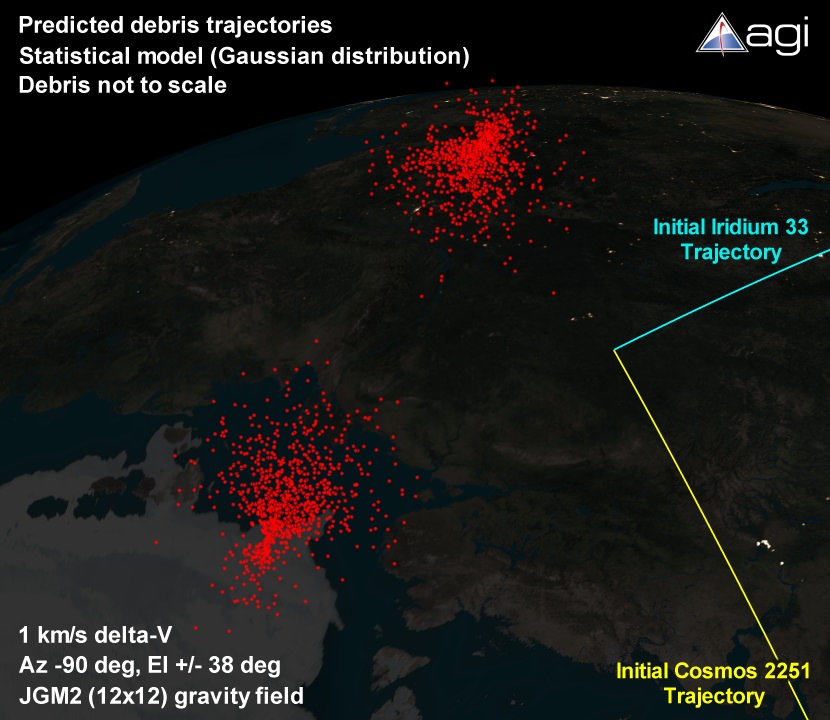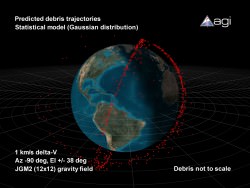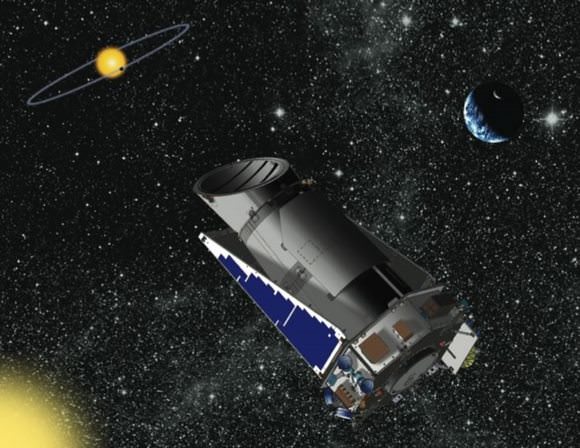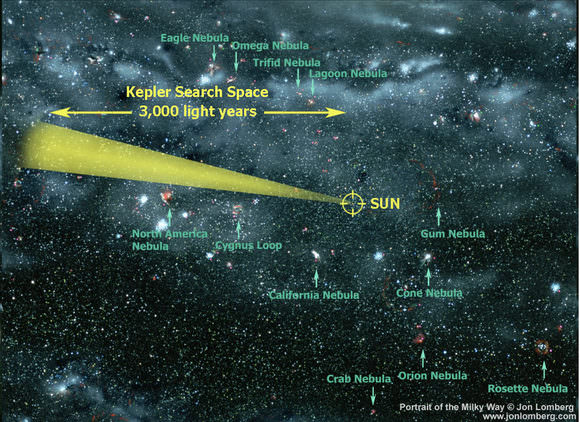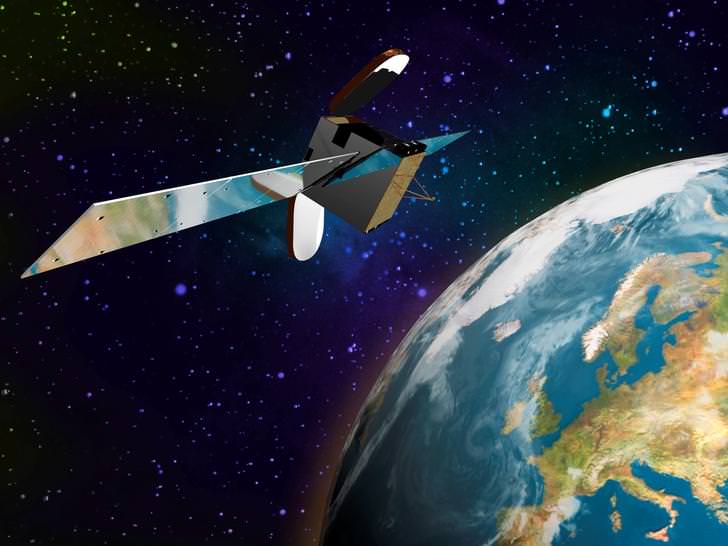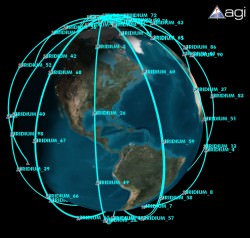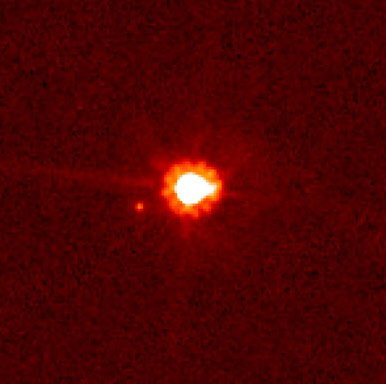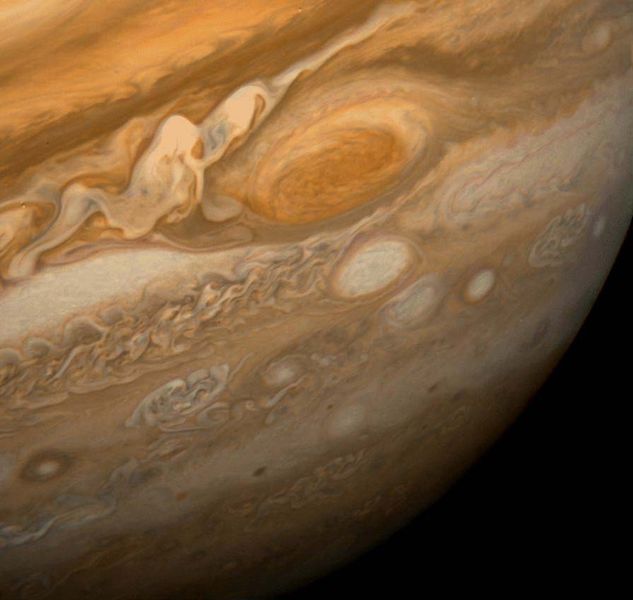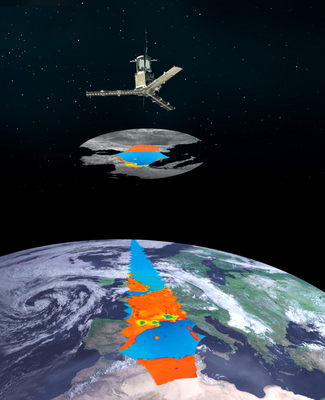[/caption]
In March 2007, the Spirit rover found a patch of bright-colored soil rich in silica. Scientists proposed water must have been involved in creating the region, and not just water, but hot water. Now, data from retrieved from the Mars Reconnaissance Orbiter (MRO) suggest the discovery of another ancient hot springs region in Vernal Crater in Arabia Terra, an area in the northern hemisphere of Mars that is densely cratered and heavily eroded. The research team says the striking similarities between these features on Mars and hot springs found on Earth provide evidence of an ancient Martian hot-spring environment. On Earth these environments teem with microbial life.
If life forms have ever been present on Mars, hot spring deposits would be ideal locations to search for physical or chemical evidence of these organisms and could be target areas for future exploratory missions such as the Mars Science Labortory. Arabia Terra is currently on the list of possible landing sites for MSL.
In their research paper “A Case for Ancient Springs in Arabia Terra, Mars,” Carlton C. Allen and Dorothy Z. Oehler, from the Astromaterials Research and Exploration Science Directorate at the NASA Johnson Space Center, Houston, Texas, propose that new image data from the HiRISE (High Resolution Imaging Science Experiment) camera on MRO show structures in Vernal Crater that appear to be the product of ancient spring activity. The data suggest that the southern part of Vernal Crater has experienced episodes of water flow from underground to the surface and may be a site where Martian life could have developed.
Vernal Crater is a 55-km diameter crater located at 6°N, 355.5°E, in the southwestern part of Arabia Terra. From orbital images, the crater appears to have layered sediments, and potentially, remnants of activity from water.
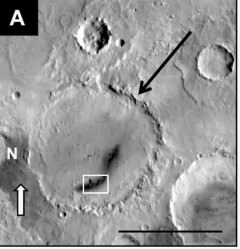
One feature that is bright in both daytime and nighttime in THEMIS infrared images is prominent in the southern part of Vernal crater. In this image, marked A, the feature appears dark, as the THEMIS grayscale was inverted to resemble HiRISE images in the visible range. The feature is 3 km wide and is composed of alternating light-toned and dark-toned subunits, which the researchers interpret as cemented, resistant dunes,and water-laid deposits.
The research team compares this and other structures in the region with hot springs regions on Earth, using Google Earth. The similarities of the features on Mars and Earth, the researchers say, provides a strong case that the Vernal Crater structures are relics of ancient Martian springs.
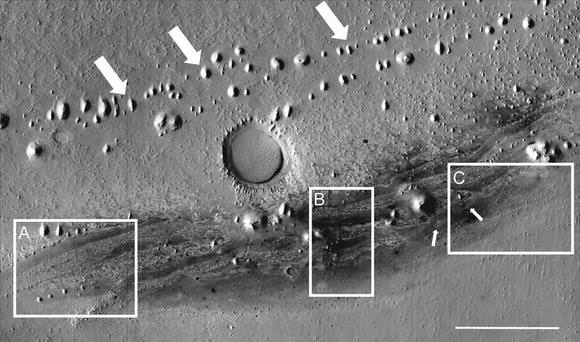
The team says their results are consistent with the growing body of orbital and rover data that is suggestive of widespread hydrothermal activity and possible spring deposits elsewhere on Mars.
“If clays or chemical precipitates such as evaporates or silica comprise the terraced structures or tonal anomalies, signatures of that life may be preserved in those minerals,” write the research team in their paper. “The fact that several other potential spring deposits occur on-trend with Vernal structures suggests that this may have been a significant province of long-lasting spring activity.”

